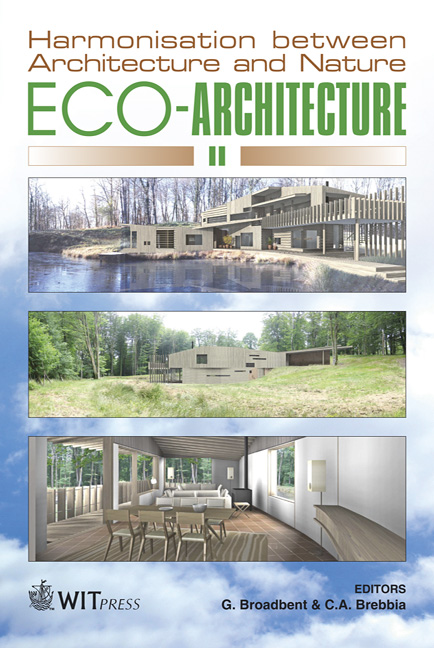Use Of Active And Passive Solar Systems In Residential Buildings
Price
Free (open access)
Transaction
Volume
113
Pages
10
Page Range
273 - 282
Published
2008
Size
268 kb
Paper DOI
10.2495/ARC080271
Copyright
WIT Press
Author(s)
S. A. R. Shojaee
Abstract
The creation of architecture, which successfully applies solar measures, is a complex process. Many factors that go beyond the scope of traditional architectural matters must be taken into consideration. It often happens that the process of creating solar architecture is not integrated into design. There are usually some partial considerations, but the lack of a holistic approach to the project results in unsuccessful solutions. This holistic approach to the solar architecture attempts to differentiate between more and less important problems and looks for optimal solutions. It requires a systematic approach, which defines all the relations (interactions) between environmental factors, use of solar measures and the most important elements of architecture. The main scope of this paper is to analyze these relations. The systematic approach allows for the definition of possibilities/advantages of the solar measures’ implementations in the building, as well as shows obstacles and difficulties associated with this process. The paper concentrates on a narrower problem of buildings located in the northern hemisphere in a moderate climatic zone, but some of its conclusions may be valid elsewhere. Keywords: active and inactive solar systems, architecture, PV module. 1 Introduction The constant and increasing environmental degradation, along with the consequent potential hazards, is listed among the most serious and urgent problems humanity has to deal with. The environmental problem, caused by, among other things, large-scale industrial activities, is related to the consumption of conventional energy sources. This consumption, already too large to be
Keywords
active and inactive solar systems, architecture, PV module.





